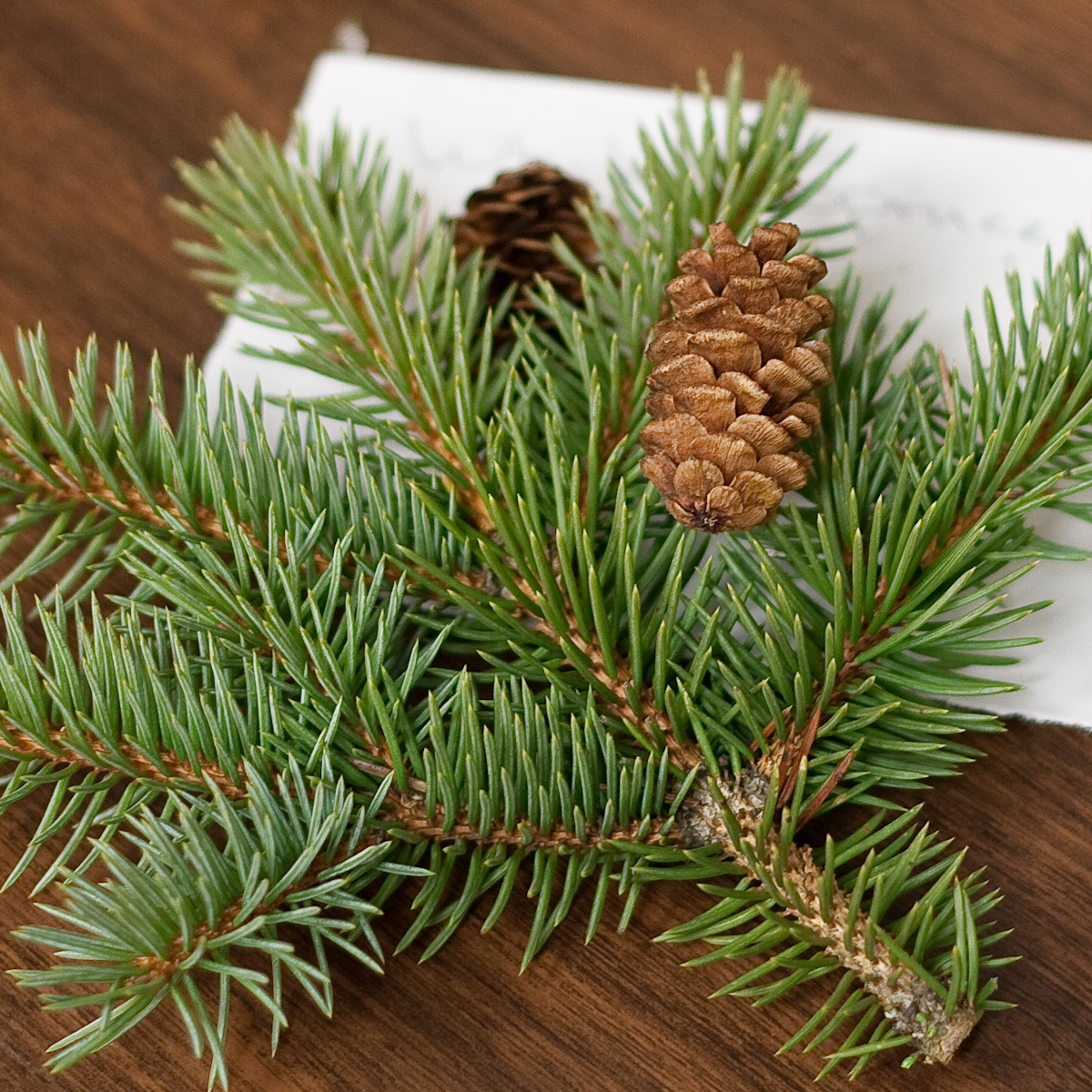The holidays are one of my favorite times to be home. In the days leading up to Christmas, my parents’ house is filled with the smell of freshly baked cookies and the sound of Christmas music. One of my favorite parts of Christmas? Going out and finding the perfect little Charlie Brown Christmas tree to spend the day decorating.
Anyways, as we were talking about getting our Christmas tree this past weekend when my mom asked if I had heard anything recently about ticks. I, of course, had not, so I asked her what she had heard. Apparently over the past week multiple people have told her that she should be worried about ticks coming into the house on Christmas trees. Naturally I had to find out the truth for myself, so I grabbed my computer and starting looking for resources that could tell me more about the relationship between ticks and Christmas trees.
The first thing I learned through my search was that lots of people have been asking questions about ticks and Christmas trees for quite a while. I found articles all the way back to 2015 warning people about the creepy crawlies that could be hitching a ride on their Christmas greens. While most sources agreed that ticks are still active until the weather is consistently under forty degrees, I could not find a single credible source that said that ticks can be found on Christmas trees. Ticks are typically found on grasses and small shrubs, not trees. Sources did, however, confirm that people have found a little tick-like insect falling off of their newly harvested Christmas tree.

While spruce trees are not home to ticks, many creatures, including the conifer aphid, may still live on the tree.
According to multiple sources the little black insects that a lot people are finding falling out of their trees are actually Conifer aphids, little insects that live and feed on conifer trees like pines, firs, and other conifers. What’s the giveaway? Aphids only have six legs while ticks have eight legs, a trait that they share with their arachnid cousins. For those of you that are taking the time to count tick legs, I should probably mention that ticks do have only six legs during the larval stage of their life cycle, but you wouldn’t be finding those this time of year anyways. Adult ticks are the only ticks that are able to remain active during the warmer periods of winter.
If you’re still worried about these tiny little creatures, don’t be. While aphids look an awful lot like ticks, they feed off of plants, not animals, and they don’t carry diseases. If you’re still worried about bringing these little insects into your house, don’t worry about that either. Before choosing a tree to bring home for the holidays sources suggest you carefully inspect potential trees for signs of insects and spiders. Before you bring the tree into the house shake the tree or rinse it off with mild soapy water to dislodge any insects that survived the journey home. Don’t be tempted to spray your tree with insecticides or bug spray. Most bug sprays and insecticides are highly combustible and not safe to spray inside the house.
While you shouldn’t worry about ticks hitching a ride home on your Christmas tree this year, you should still worry about them hitching a ride home on you and your pets. Like I mentioned earlier, as long as the weather is still warm, ticks can remain active in fields and brush until the weather stays consistently under forty degrees. Bundling up before you head out into the woods to get a tree is a good way to keep the ticks off of you, but don’t forget to check for them on your clothing and pets when you get home.
Audubon Community Nature Center builds and nurtures connections between people and nature. ACNC is located just east of Route 62 between Warren and Jamestown. The trails are open from dawn to dusk as is Liberty, the Bald Eagle. The Nature Center is open from 10 a.m. until 4:30 p.m. daily except Sunday when it opens at 1 p.m. More information can be found online at auduboncnc.org or by calling (716) 569-2345.
Margaret Foley is a naturalist at Audubon Community Nature Center.


Recent Comments